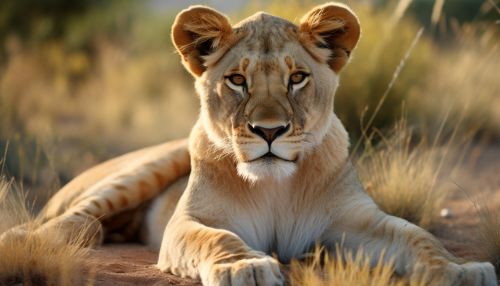Felidae
Taxonomy and Evolution
The family Felidae is a member of the order Carnivora, which also includes canids, ursids, and mustelids, among others. The Felidae family diverged from the other carnivorans about 41.9 million years ago. The first cats emerged during the Oligocene epoch, approximately 25 million years ago.


The family Felidae is divided into two subfamilies: the Pantherinae, which includes the tiger, lion, jaguar, leopard, and snow leopard, and the Felinae, which includes the cougar, cheetah, lynxes, ocelot and domestic cats. The cheetah, however, was previously thought to be a member of the Pantherinae subfamily but recent genetic studies have shown it is actually a member of the Felinae.
Characteristics
Members of the Felidae family, also known as felids, share certain common characteristics. They are obligate carnivores, meaning they must consume meat to survive. Felids have a highly developed sense of hearing and sight, and they are adept at stalking and capturing prey. They are also known for their retractable claws and their ability to climb trees.
Behavior and Ecology
Felids are solitary animals, with the exception of lions, which live in social groups called prides. Most felids are nocturnal, although there are some exceptions. They communicate using a variety of vocalizations, as well as visual and olfactory signals. Felids mark their territories by spraying urine, which contains pheromones.
Conservation
Many species within the Felidae family are threatened by habitat loss, poaching, and loss of prey. Conservation efforts for these species include habitat preservation, anti-poaching measures, and breeding programs in zoos.
